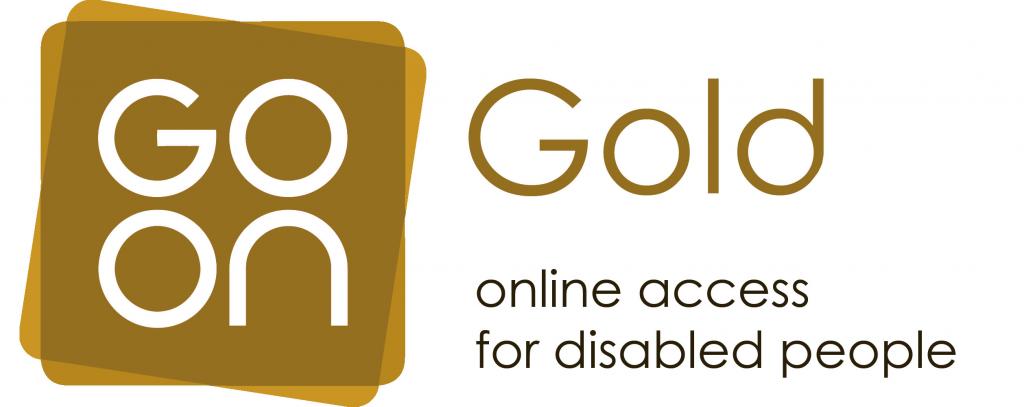Accessibility
Last Updated:
Analyst Coverage: Peter Abrahams
ICT Accessibility is the issue that ensures that information and communication technologies are accessible, usable and helpful to everyone, especially people with disabilities and older people.
It covers many types of user interfaces including personal computers, tablets and phones, but also self service devices (ATMs, ticket machines, voting machines, etc.), and home devices (TV, washing machines, etc.).
It is also discussed as part of ‘usability’, ‘inclusive design’, ‘access for all’ and other similar phrases.
It considers the range of disabilities: blind, vision impaired, deaf, hearing impaired, vocal impairment, muscular-skeletal limitations, and learning disabilities, as well as conditions, that may effect a persons ability to interact with a user interface, such as dyslexia, English as a foreign language, and temporary impairments such as a broken arm.
It covers specialised technologies, commonly known as Assistive Technologies (AT), that can aid people with these disabilities and conditions including: screen readers, eye-gaze pointer devices, and single switches.
However, the main area of interest is how accessibility is supported by standard technologies, web browser, text editors, etc. so that any content or process available through ICT is accessible by all users directly or with the help of an AT. Examples are support and inclusion of: alternate text on images (to enable a blind or vision impaired user to hear a description of the image), captions on videos (to enable a deaf or hearing impaired user to read the spoken content of the video) and bookmarks in PDF files (to enable users with limited dexterity to quickly and easily navigate a document).
See the Bloor report here.
Bloor is a founding member of the OneVoice for Accessible ICT Coalition
Bloor is also a partner of Go ON Gold
People with disabilities want to be independent; they want to do things for themselves by themselves. This is a fundamental issue of human dignity, which is enshrined and enacted in good corporate responsibility and legislation and also enabled as good business practice. Disabled people may be amongst your staff and will be an increasingly large proportion of your client base too.
The benefits that an organisation will derive from implementing accessibility can be summarised as:
- Social: all organisations have corporate social responsibilities; supporting the requirements of disabled customers and staff is one of the key responsibilities. This is implemented through systems being inclusive.
- Financial: increased revenue will emerge from a broader client base, not just people with disabilities but also ethically driven consumers and the mildly challenged. Reduced cost will emerge from increased productivity of staff, both disabled and able. Finally, cost of sales will be reduced by automated accessible customer support.
- Legal: there is a legal requirement to avoid discrimination against the disabled by developing accessible systems. Such discrimination may be identified as the lack of provision of appropriate ICT solutions.
Accessibility and usability are closely related subjects and should be considered together. In general, good accessibility design will ensure ease of use and good usability design will assist accessibility.
The British Standards Institute (BSi) “Web accessibility – Code of practice (BS 8878:2010)” describes a set of policies and structures for creating accessible web products. The principles defined are applicable to the creation of any accessible ICT product. Accessibility needs to be integrated into every stage of product development:
- Research and understand the requirements;
- Make strategic choices based on that research;
- Decide whether to create or procure the product in-house or contract out externally;
- Produce the product;
- Evaluate the product;
- Launch the new product;
- Post-launch maintenance.
As far as buying technology is concerned, all ICT vendors should ensure that their products are accessible. In addition, some vendors provide technology to help address the accessibility issue:
- Tools to develop accessible content;
- Tools to create accessible applications;
- Tools to test for accessibility;
- Consultancy and services;
- Assistive technologies;
- Accessible user interfaces.
Commentary
Solutions
These organisations are also known to offer solutions:
- ActiveStandards
- Adobe
- Avast
- Crawford Technologies
- Digital Accessibility Centre
- Hassell Inclusion
- Microsoft
- NetCentric
- Nuance
- Screenreader
- Sitemorse
- TechSmith
- VirtualZone
- Xenos
Coming soon.


